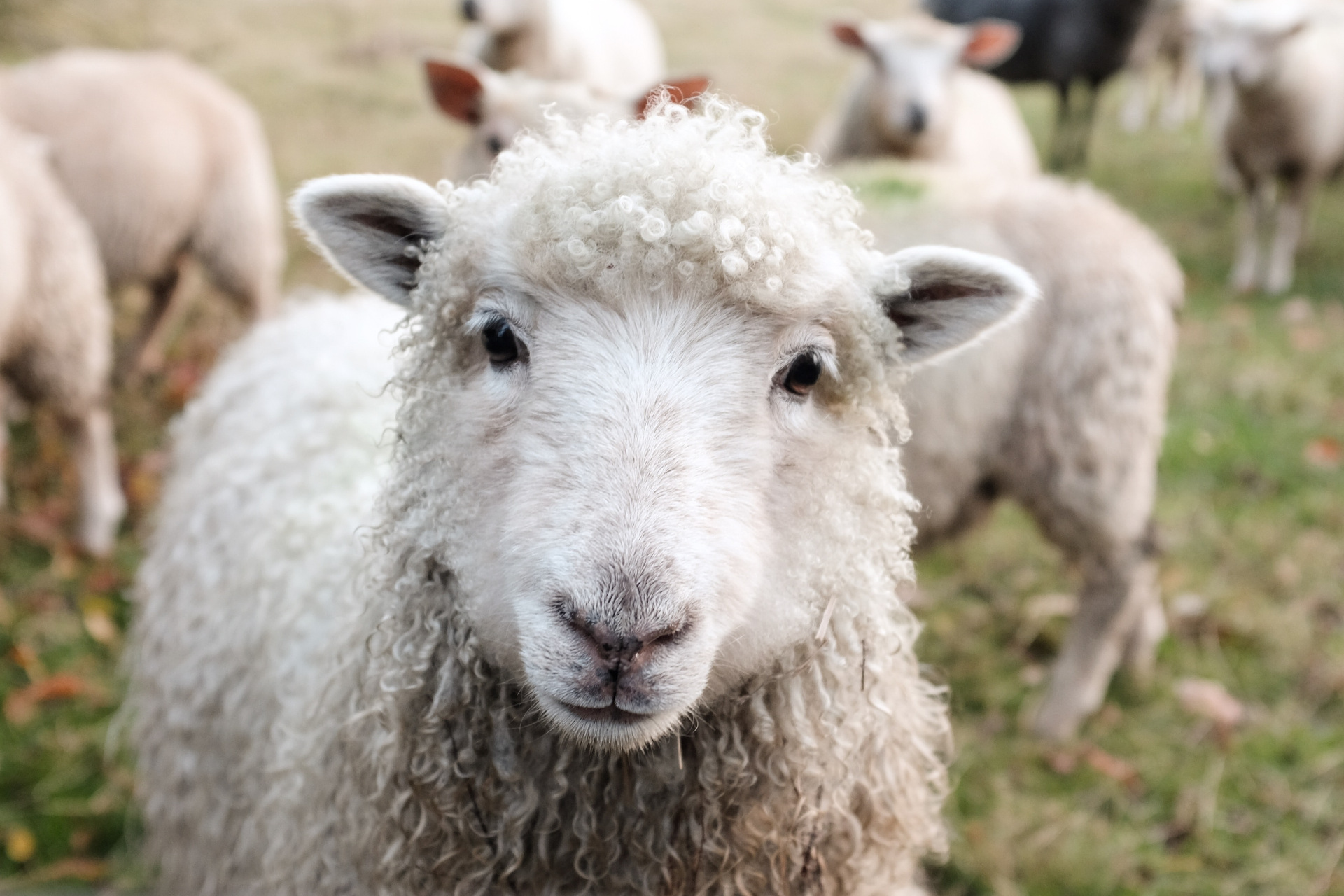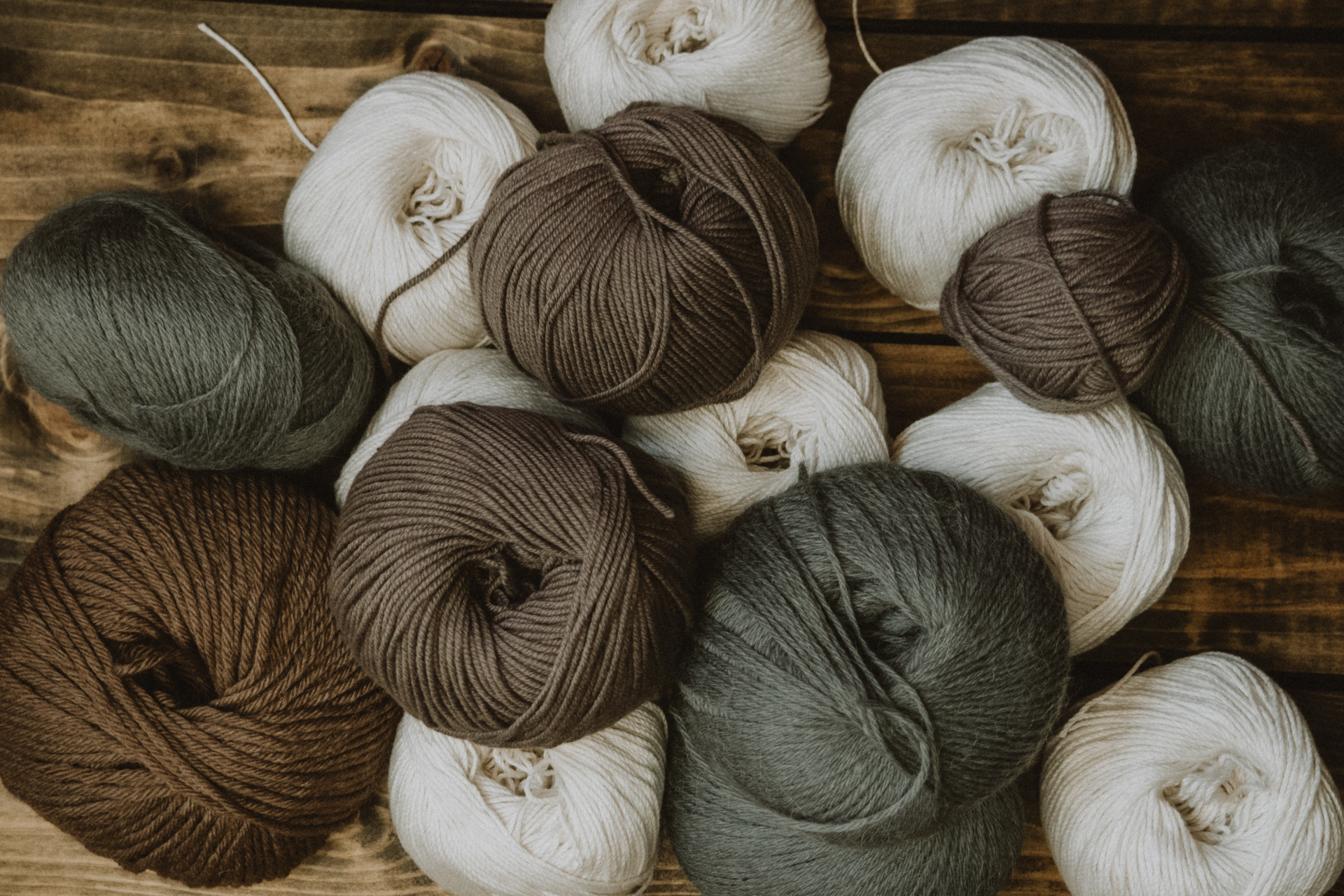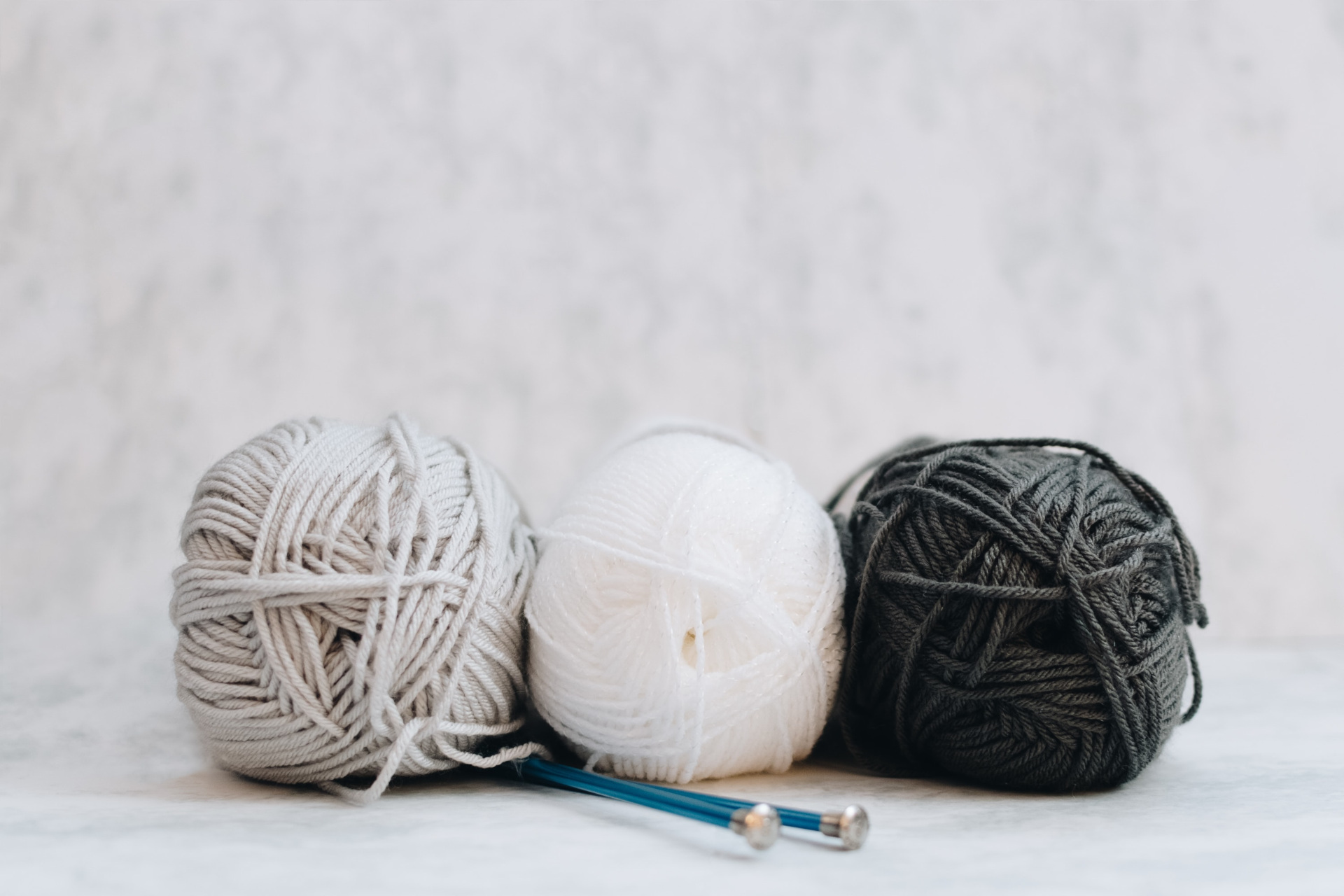Sustainable Materials Series: What is Wool?
By
3 years ago
Where do your knits hail from?

In this series, we take a deep dive into what makes certain materials ‘sustainable’ – from origins and extraction methods to the pros and cons of using them at home. This week, we tackle wool.
Sustainable Materials Series: Soy
Sustainable Materials Series: Wool
What is wool?
Essentially a textile fibre obtained from the hair of animals – in most cases sheep – wool is a material we see all the time in daily life. There are many variations of the material, but we’re most commonly aware of sheep, lamb, Merino (which comes from Australia and New Zealand), Shetland (which comes from sheep raised in the Shetland Islands), cashmere and mohair (both of which are produced by goats).

(c) Anastasia Zhenina, Unsplash
Where can you find wool?
Noted for its benefits as a very warm material, wool can be found in all manner of textile-based products, from jumpers and scarves to cushions and blankets.
It’s a fashion staple throughout the autumn and winter months, with many of us jumping on various knitwear trends happily year after year. Fashion houses like Victoria Beckham have more recently been gravitating towards wool as well. Beckham’s 2021 collaboration with the Woolmark Company, for instance, included a new collection of responsibly-made knitwear pieces created from 100% Merino wool.
The C&TH Sustainable Fashion Hub
The material also features prominently in the British homeware landscape. Designers like Adriana Homewares have chosen to specialise in specific wool types with the goal of making their production line fully traceable. Adriana in particular uses Bluefaced Leicester, a Lustre Wool known for its softness and durability, from local farms in Yorkshire.
What are the benefits?
- It is 100% natural, renewable and biodegradable
- Every year, sheep produce a new fleece, making wool a completely renewable fibre source
- It is considered one of the best circular fibres out there – it is renewable, recyclable and has a long use phase
- It uses much less energy and water than other materials when it comes to producing clothing. According to Woolmark, wool uses 18% less energy than polyester and nearly 70% less water than cotton to produce 100 sweaters.
- It does not contribute to microplastic pollution
- When disposed of, wool acts like a fertiliser by slowly releasing valuable nutrients and carbon back into the soil
- Wool clothing can be washed less frequently other fibre types, which saved water and energy
- Surveys show that we are more likely to donate wool clothing to charity, where it is either used again or recycled to create new yarn and fabric

(c) Kelly Sikkema, Unsplash
What are the drawbacks?
- Wool isn’t always easy to trace back to its origin (but brands like ASKET are working diligently to put in place new standards that trace back and detail the supply chain of each garment)
- When not done properly, shearing can cause injuries to the animals being sheared
- There are concerns over animal cruelty, which includes neglect, violence and poor living conditions
- Some people find the material uncomfortable or itchy, making it less sought after compared to the likes of cotton
- It can be more expensive when compared to the likes of inorganic cottons or polyester
What can we do?
When shopping, keep wool in mind. Especially during the colder seasons, when we’re prone to updating our wardrobe with chunky knits, we should be thinking more about what will last longer and sustain not only us but our planet. As a circular fibre, wool’s longevity and recyclability should not be underestimated. Your favourite jumper will keep you going year after year – and still stay in fashion.
It’s also important we really delve into the brands we’re buying from. More brands than ever are working on their transparency, making it easier for us to see where materials are coming from and how they are being used. If ever in doubt, check the brand’s sustainability credentials on their website and see what information they make available to customers.
READ MORE
Must-Read Books on Sustainability / Must-Watch Documentaries about Sustainability



